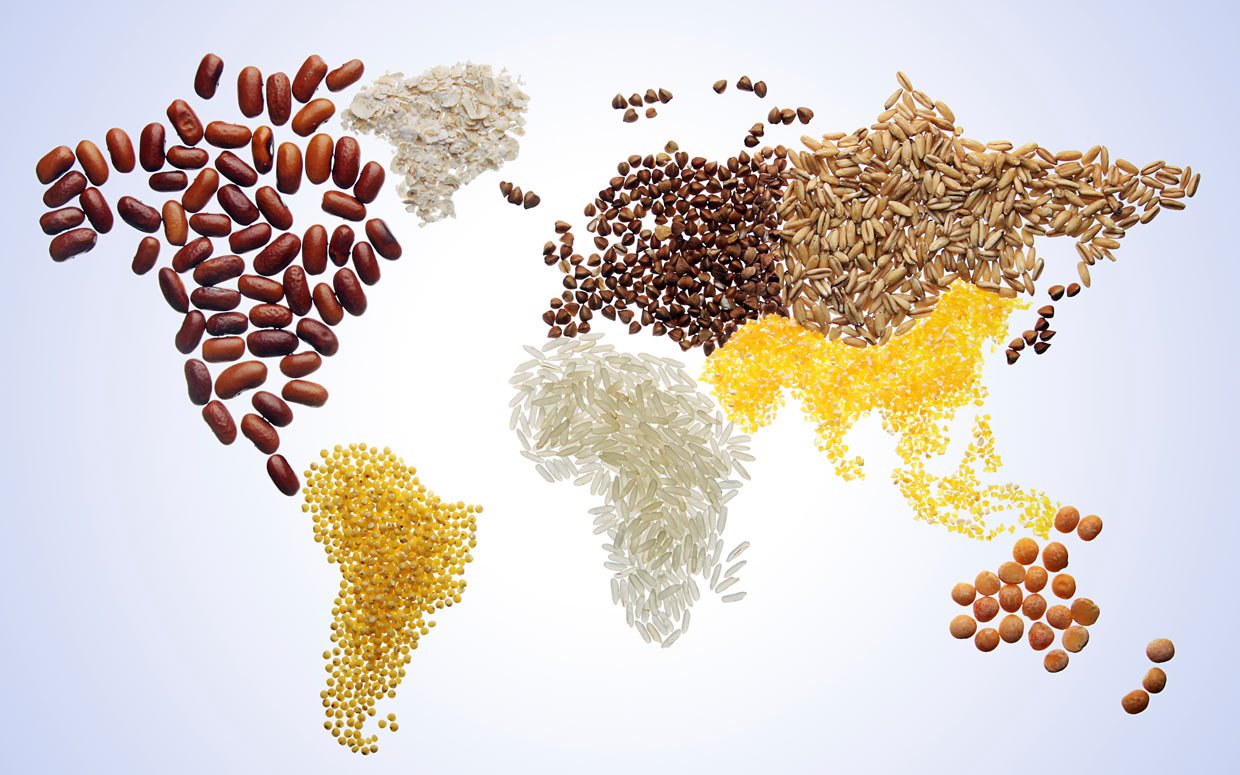Definition of obesity information
Home » » Definition of obesity informationYour Definition of obesity images are ready. Definition of obesity are a topic that is being searched for and liked by netizens today. You can Download the Definition of obesity files here. Download all royalty-free photos and vectors.
If you’re searching for definition of obesity images information linked to the definition of obesity interest, you have pay a visit to the ideal site. Our site always provides you with hints for viewing the maximum quality video and picture content, please kindly hunt and find more enlightening video content and graphics that fit your interests.
Definition Of Obesity. Bmi uses a simple calculation based on the ratio of someone’s height and weight (bmi = kg/m 2 ). Obesity is considered a disease, since excess weight leads to great health problems. Obesity is an abnormal accumulation of body fat, usually 20% or more over an individual�s ideal body weight. Obesity is defined as excessive body fat that increases your risk of other health problems.
 PPT Sedentary Lifestyle PowerPoint Presentation ID6670292 From slideserve.com
PPT Sedentary Lifestyle PowerPoint Presentation ID6670292 From slideserve.com
Defining obesity obesity was traditionally defined as an increase in body weight that was greater than 20 percent of an individual’s ideal body weight—the weight associated with the lowest risk of death, as determined by certain factors, such as age, height, and gender. A person with a body mass index (bmi) above 30 is considered obese, while a person with a bmi between 25 and 30 is considered overweight. Treatment depends on the cause and severity of your condition and whether you have complications. Obesity is an abnormal accumulation of body fat, usually 20% or more over an individual�s ideal body weight. The most commonly used measure of weight status today is the body mass index, or bmi. Obesity is defined as excessive body fat that increases your risk of other health problems.
Obesity is considered a disease, since excess weight leads to great health problems.
Definition of overweight and obesity. Today, the most widely accepted definition of overweight/obesity is a calculation derived from an individuals weight and height. The branch of medicine that deals with the study. Overweight and obesity are defined as abnormal or excessive fat accumulation that presents a risk to health. The condition may be the result of disease or pharmacologic treatment. As defined by the world health organisation (who), obesity is abnormal or excessive fat accumulation that presents a risk to health.
 Source: slideserve.com
Source: slideserve.com
Bmi uses a simple calculation based on the ratio of someone’s height and weight (bmi = kg/m 2 ). The condition may be the result of disease or pharmacologic treatment. Obesity is defined by the world health organization (who) as “abnormal or excessive fat accumulation that presents a risk to health.”. A person with a body mass index (bmi) above 30 is considered obese, while a person with a bmi between 25 and 30 is considered overweight. Consumption patterns, urban development, and lifestyle habits influence the prevalence of obesity.
 Source: wsp-unlimitedcreativity.blogspot.com
Source: wsp-unlimitedcreativity.blogspot.com
Obesity has in the past been defined by many different parameters. As defined by the world health organisation (who), obesity is abnormal or excessive fat accumulation that presents a risk to health. Obesity is considered a disease, since excess weight leads to great health problems. At their most basic, the words “overweight” and “obesity” are ways to describe having too much body fat. Obesity is associated with increased risk of illness, disability, and death.
 Source: ayusyahomehealthcare.com
Source: ayusyahomehealthcare.com
Adults, according to the centers for disease control and prevention (cdc). Overweight and obesity occur when excess fat accumulation (regionally, globally, or both) increases risk to health. A person with a body mass index (bmi) above 30 is considered obese, while a person with a bmi between 25 and 30 is considered overweight. Adults, according to the centers for disease control and prevention (cdc). Obesity is defined as excessive body fat that increases your risk of other health problems.
 Source: sciencemeetsfood.org
Source: sciencemeetsfood.org
In adults, a body mass index (bmi) over 25 is considered overweight, and over 30 is obese. Obesity is associated with increased risk of illness, disability, and death. The condition may be the result of disease or pharmacologic treatment. A crude measure of obesity is the body mass index (bmi), which is measured by calculating a person’s weight (in kilograms) divided by the square of his or her height (in metres). Utilization of this method standardizes the measurement so that comparison is known as body mass index (bmi).
 Source: inquiriesjournal.com
Source: inquiriesjournal.com
Overweight and obesity are defined as abnormal or excessive fat accumulation that presents a risk to health. The obesity medicine association’s definition of obesity is “a chronic, relapsing, multifactorial, neurobehavioral disease, wherein an increase in body fat promotes adipose tissue dysfunction and abnormal fat mass physical forces, resulting in adverse metabolic, biomechanical, and psychosocial health consequences.”. Obesity is the result of complex relationships between genetic, socioeconomic, and cultural influences. Obesity has in the past been defined by many different parameters. A condition characterized by the excessive accumulation and storage of fat in the body obesity affects not just appearance, but disease processes as well.
 Source: step2.medbullets.com
Source: step2.medbullets.com
At their most basic, the words “overweight” and “obesity” are ways to describe having too much body fat. Treatment depends on the cause and severity of your condition and whether you have complications. A condition characterized by the excessive accumulation and storage of fat in the body obesity affects not just appearance, but disease processes as well. Obesity is considered a disease, since excess weight leads to great health problems. Bmi uses a simple calculation based on the ratio of someone’s height and weight (bmi = kg/m 2 ).
 Source: medicaldaily.com
Source: medicaldaily.com
As defined by the world health organisation (who), obesity is abnormal or excessive fat accumulation that presents a risk to health. Overweight and obesity are defined as abnormal or excessive fat accumulation that presents a risk to health. Decades of research have shown that bmi provides a good. Obesity is generally caused by consuming more calories, particularly those in fatty and sugary foods, than you burn off through physical activity. Overweight and obesity occur when excess fat accumulation (regionally, globally, or both) increases risk to health.
This site is an open community for users to do sharing their favorite wallpapers on the internet, all images or pictures in this website are for personal wallpaper use only, it is stricly prohibited to use this wallpaper for commercial purposes, if you are the author and find this image is shared without your permission, please kindly raise a DMCA report to Us.
If you find this site serviceableness, please support us by sharing this posts to your own social media accounts like Facebook, Instagram and so on or you can also save this blog page with the title definition of obesity by using Ctrl + D for devices a laptop with a Windows operating system or Command + D for laptops with an Apple operating system. If you use a smartphone, you can also use the drawer menu of the browser you are using. Whether it’s a Windows, Mac, iOS or Android operating system, you will still be able to bookmark this website.
Category
Related By Category
- Cheap dog grooming information
- Best car restoration information
- All car restorations information
- Buy dog clothes online information
- Causes for childhood obesity information
- First aid courses london information
- Dream interpretation worms information
- First aid course toronto information
- Dash diet summary information
- Flatulence foods information